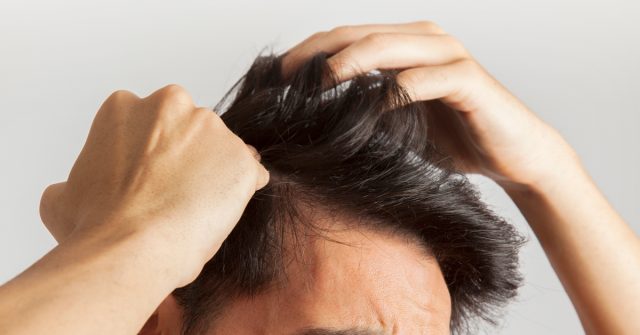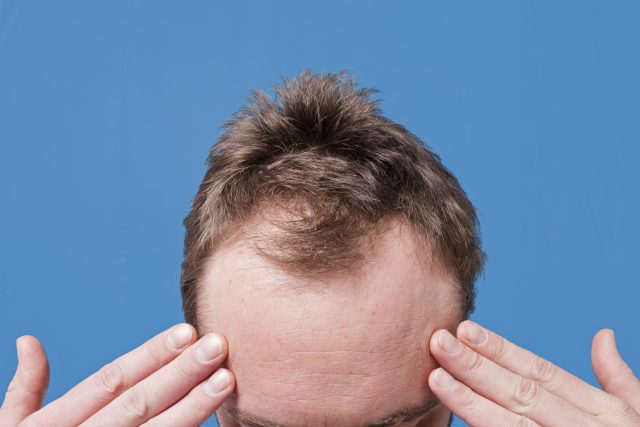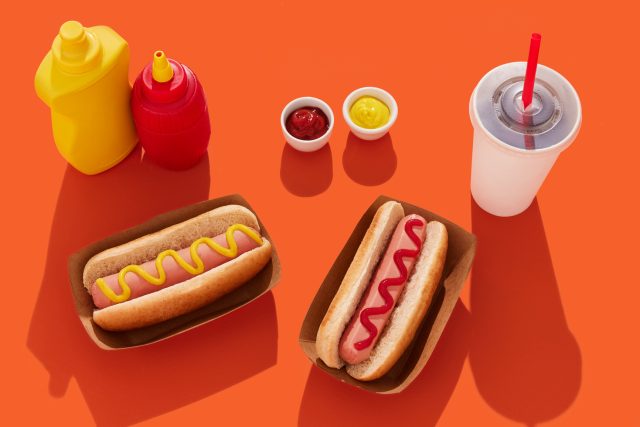Managing your weight is a key lifestyle factor in helping you avoid Erectile Dysfunction.
For over 40 years, the fact that obese men have less testosterone than lean men has been well-recognized. Similarly, recent studies also proved links between obesity and erectile dysfunction, suggesting weight loss as a method to improve testosterone levels and so erectile dysfunction.
If you are overweight and suffer erectile dysfunction, consider dropping a few pounds. Not only can getting into shape make you more physically appealing and healthy – it may also improve your love life.
Below, we’ve outlined a few lifestyle recommendations to help you achieve and maintain your weight loss goal.
Develop a healthy eating habit
If you have been on a diet before, we’re sure you’ll agree that counting calories at each meal, daily weigh-ins, and weight loss could be extremely frustrating. While it’s true that weight loss occurs when your calorie intake is less than needed, counting calories may not be helpful for a lasting weight loss. Many people crash diet and gain the weight right back after short-term dieting as they have not developed healthy eating habits for the long haul. Then, how do you eat healthy for sustainable weight loss? An important tip is to focus on choosing healthy food instead of merely counting calories. According to Harvard’s Healthy Eating Plate, we recommend making most of your meals with fruits and vegetables and going for whole grains, lean proteins, and healthy fats. Also, try to replace sugary beverages with water and choose a meal with low oil and salt. An anti-inflammatory diet is also helpful for improving your overall health and tackling erectile dysfunction.Learn to De-Stress without Food
A reason people indulge in unhealthy food is they use snacking as a way to de-stress. But all of us get stressed at some point in life, right? It’s therefore essential to develop strategies to handle stresses that come our way. The best way to prevent toxic stress from building up is to tackle stress at its root – be it work, relationships, or situations. Equally important is learning to relieve stress. For instance, some may find going for a walk, journaling, practicing mindfulness, or exercising extremely therapeutic, while some may go for music, books, and the art to unwind. Whichever works for you, set aside some time for it. You’ll find yourself becoming more calm and capable of handling pressure in life.Avoid temptations
Once you see or smell food, it becomes hard to ignore it. Your surroundings are making you think of food, and you’re forced to make a choice – eat or not. To avoid being thrown into such a dilemma, try not to store junk food. For example, never buy biscuits, sweets, chocolates, or crips when shopping at the supermarket. Instead, choose healthy alternatives such as fruit, nuts, unsalted rice cakes, and oat cakes.Increase your physical activity
As we said earlier, weight loss occurs when our energy expenditure exceeds our energy input. So by raising your energy needs, you’re making your weight loss journey more manageable and sustainable. There’re two types of exercises – aerobic and anaerobic. Aerobic exercises Aerobic exercises such as walking, hiking, jogging, dancing, and skipping are great for fat burning. This type of exercise uses more energy sources. It also burns a higher percentage of fat to provide extra energy for your body. When you’re doing aerobic exercise, your heart rate increases, boosting blood flow to muscles and the lungs. Unsure if you’re exercising at the aerobic level or not? Simply do a talk test. If you can somewhat hold a conversation while being slightly breathless during the exercise, then you’re at an aerobic level. Anaerobic exercise Anaerobic is the opposite of aerobic, meaning without air: When you “get out of breath” during an exercise, you’re in the anaerobic zone. During an anaerobic exercise, the oxygen supply to body cells can’t keep up with the demand. Your body then uses other energy sources to fuel itself – breaking down stored glucose and leading to lactate production. Anaerobic exercise is excellent for building muscle mass and raising your metabolic weight. In addition, it makes your weight loss goal easier to sustain. A popular type of anaerobic exercise is high-intensity interval training (HIIT), where you rotate high-intensity intervals with recovery intervals. There’re a variety of benefits when it comes to HIIT. It can increase your calorie expenditure during exercise and has the afterburn effect. This means your body is still burning calories after your HIIT session. HIIT can also save your amount of time for training. You can get in an intense workout in only a tiny fraction of your time. So, if you don’t have time for a 30-minute run or weight lifting session, we recommend doing a 10-minute HIIT workout. At least you’re moving your body and burning the maximum calorie in a limited time.Conclusion
Fast weight loss may be your goal, but it’s crucial to consider the long run to make your weight-loss sustainable. Try to adopt the tips we mentioned above in your daily routine. Talk to a qualified healthcare professional if you’re still struggling to lose weight despite trying the above methods.
Dr Afraz Adam
Chief Medical Officer
MBBS. FRNZCUC





